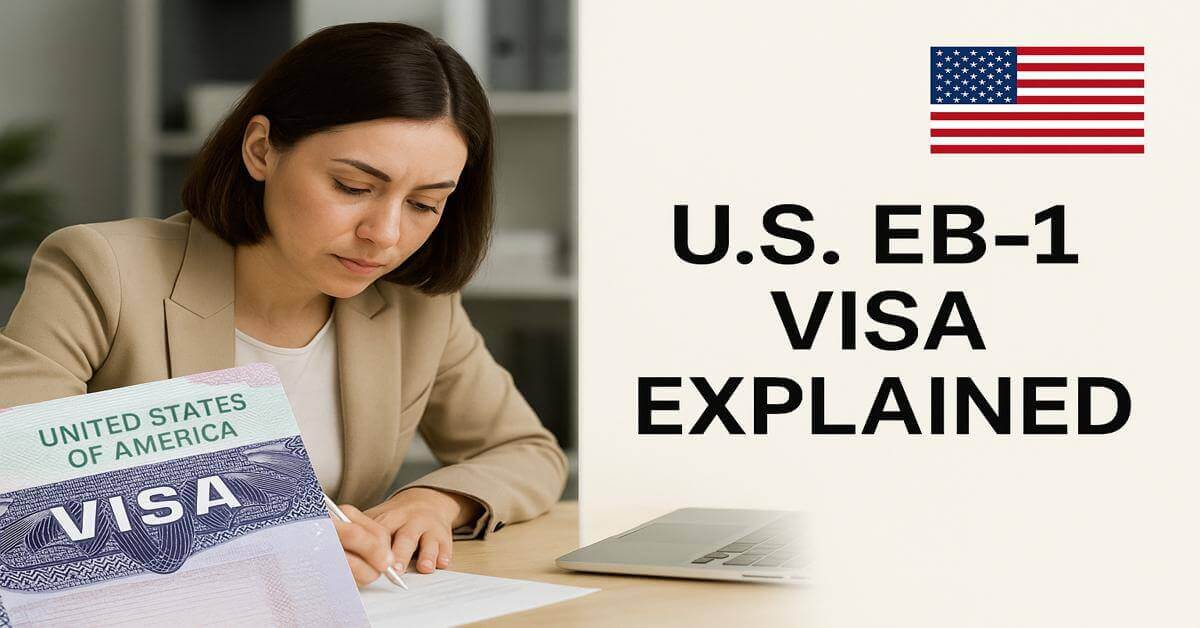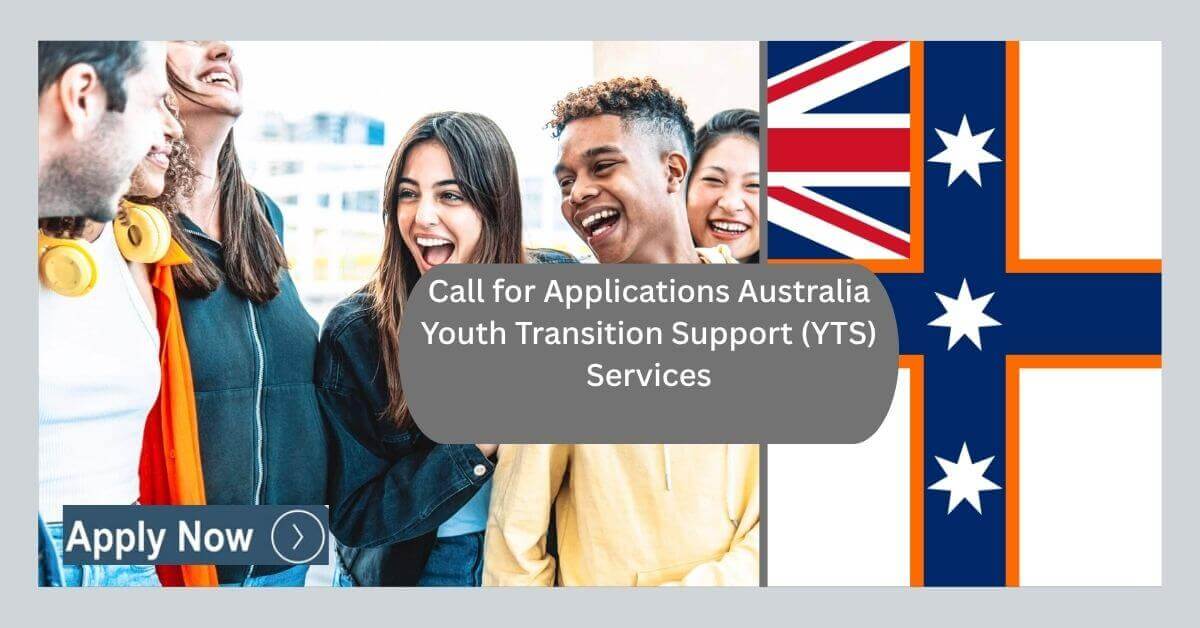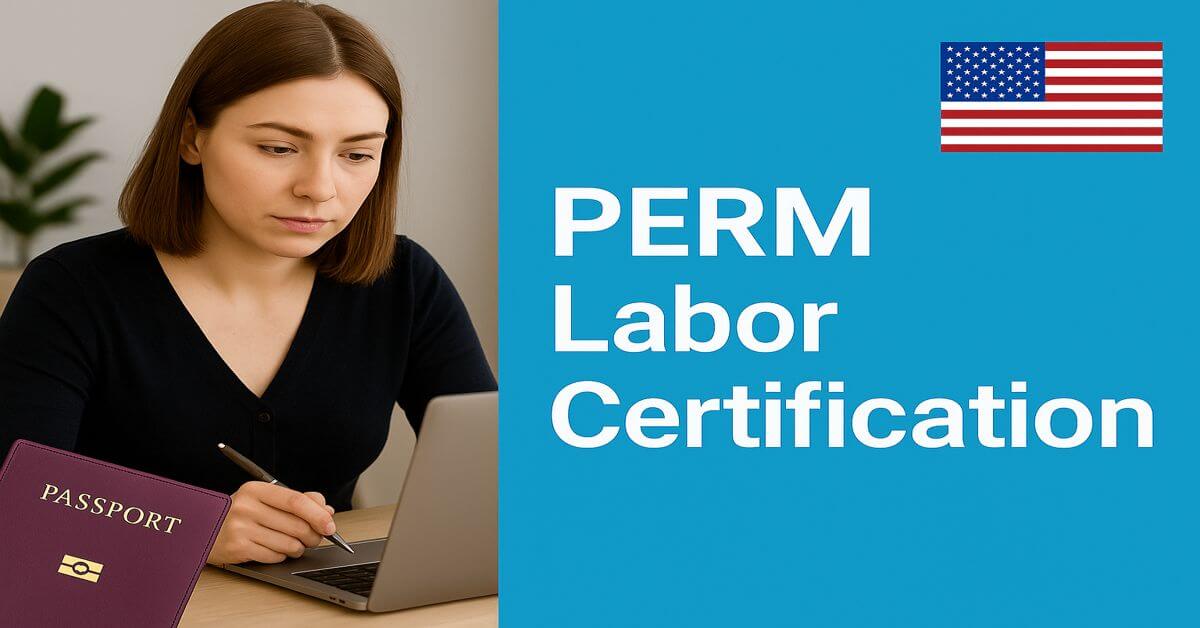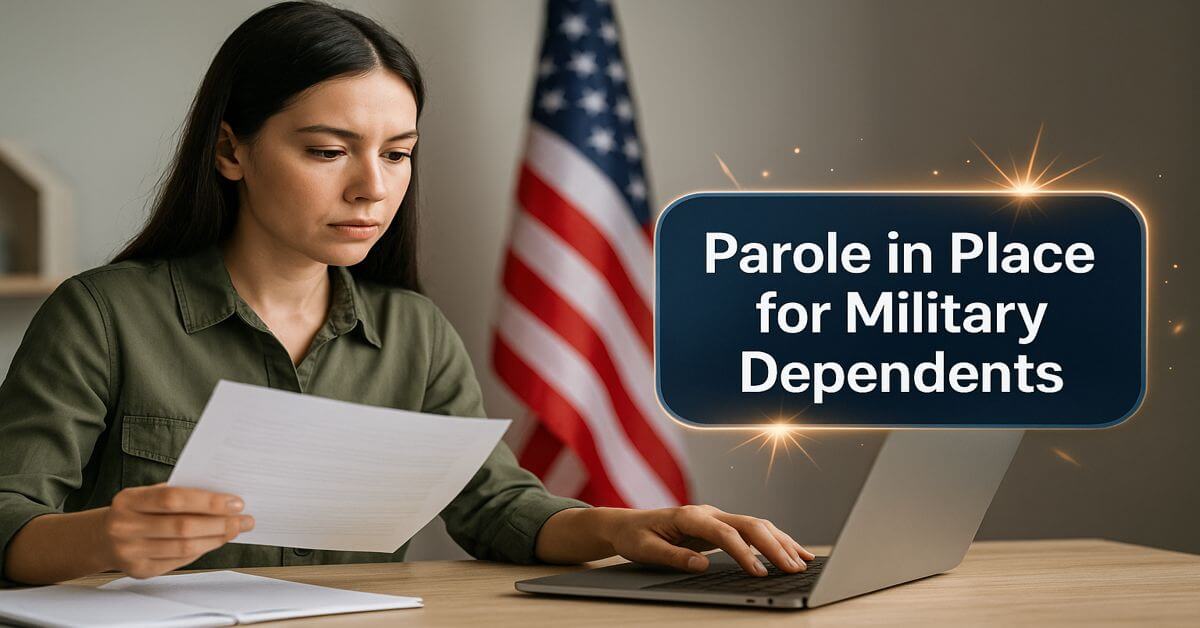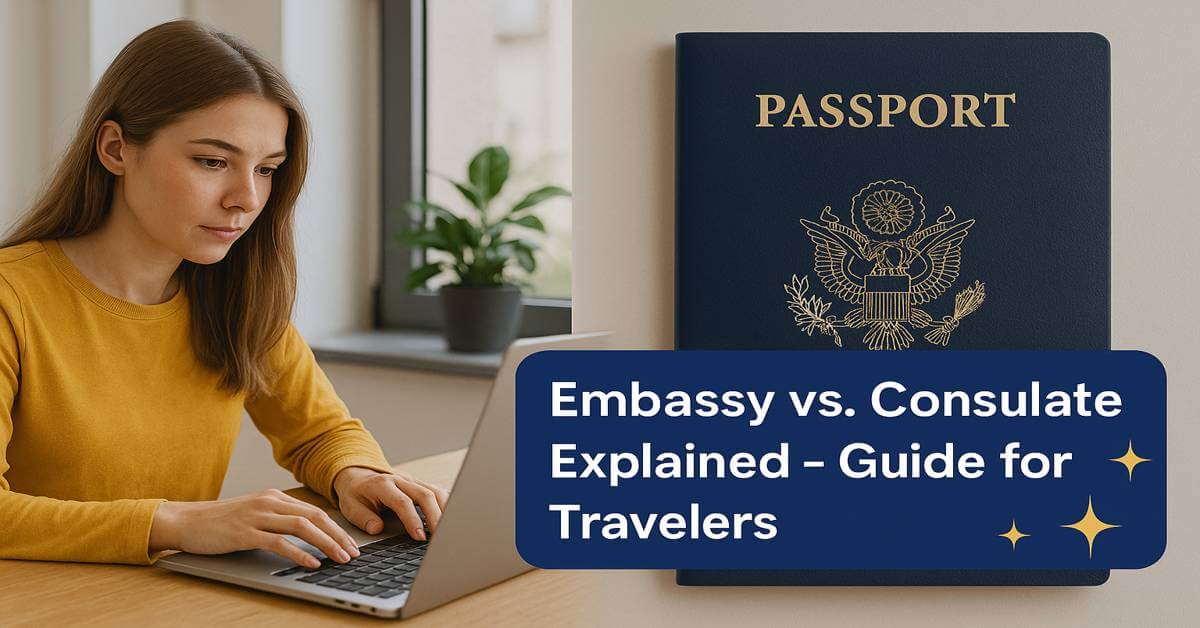The EB-1 visa is a first-preference employment-based immigrant visa for foreign nationals who possess extraordinary ability, are outstanding professors or researchers, or serve as multinational executives or managers.
Unlike many other employment-based visas, the EB-1 does not require a PERM labor certification, making it one of the fastest routes to U.S. permanent residency (green card).
EB-1 Visa:
The EB-1 is an immigrant visa (green card category), not a temporary visa. It directly leads to permanent residency. It includes three subcategories:
- EB-1A: Individuals with Extraordinary Ability
- EB-1B: Outstanding Professors and Researchers
- EB-1C: Multinational Managers and Executives
Is the EB-1 the Same as a Green Card?
Not exactly. The EB-1 is a visa classification that qualifies individuals for a U.S. green card. Once your EB-1 petition is approved and your adjustment of status or consular processing is complete, you will receive lawful permanent resident (green card) status.
Read Also: How to Apply for Ireland Long Stay D Visa – Full Guide
EB-1 Eligibility Criteria:
EB-1A – Extraordinary Ability
Applicants must demonstrate sustained national or international acclaim in the sciences, arts, education, business, or athletics. No job offer is required. They must meet at least 3 out of 10 USCIS criteria, such as:
- Awards of excellence
- Membership in associations requiring outstanding achievements
- Published material about them
Recent USCIS Update:
- Team awards may now count toward the “lesser nationally or internationally recognized prizes” category.
- Past memberships in prestigious associations are now valid evidence.
EB-1B – Outstanding Professors or Researchers
Requires:
- A permanent job offer for a tenured or tenure-track teaching or research position.
- International recognition in an academic field.
- At least three years of experience in teaching or research.
EB-1C – Multinational Managers or Executives
Requires:
- Employment outside the U.S. for at least one year in the past three years in a managerial or executive capacity.
- The U.S. employer must be a subsidiary, affiliate, or parent of the foreign entity.
EB-1 Visa Costs:
If applying from within the U.S. (Adjustment of Status):
- Form I-140 filing fee: $715
- Form I-485 (Adjustment of Status): $1,440
- Immigrant fee (USCIS): $235
If applying from outside the U.S. (Consular Processing):
- Form I-140: $715
- DS-260 Visa Application: $345
- Form I-864 (Affidavit of Support, if applicable): $120
Note: EB-1A applicants may self-petition, meaning no employer sponsorship is required. For EB-1B and EB-1C, employers generally file on behalf of the beneficiary.
EB-1 Processing Time:
- Form I-140 (Standard): 6 to 9 months
- Premium Processing: 15 calendar days (optional for additional $2,805)
- Form I-485 (if applying from the U.S.): 6–10 months
- Consular Processing (from abroad): Varies by embassy location (generally 3–8 months)
EB-1 visas are often current in the Visa Bulletin, meaning minimal waiting for priority dates.
How to Apply for U.S. EB-1 Visa Explained?
- Prepare documentation based on the subcategory (EB-1A, B, or C)
- File Form I-140 (Immigrant Petition for Alien Worker)
- Adjustment of Status (Form I-485) if in the U.S. OR DS-260 Consular Processing if abroad
- Attend biometrics appointment (fingerprints, photo, signature)
- Complete immigration medical exam
- Attend visa interview (if consular processing)
- Receive green card upon approval
Benefits:
- Direct path to a U.S. Green Card
- Grants lawful permanent residency without needing a temporary visa first.
- No labor certification (PERM) required
- Saves 6–12 months of processing time compared to EB-2 and EB-3 visas.
- Self-petition option for EB-1A applicants
- Individuals with extraordinary ability can apply without a job offer or employer sponsorship.
- Premium processing available for Form I-140
- Optional 15-day processing for an additional fee, expediting the decision significantly.
- Typically “current” in the Visa Bulletin
- No long priority date backlogs; green cards are usually available immediately.
- Eligible for adjustment of status in the U.S.
- If already in the U.S. on another valid visa (e.g., F-1, H-1B), you can adjust status without leaving the country.
- Green cards for family members
- Spouse and unmarried children under 21 can apply as dependents (E-14 or E-15 categories).
- No minimum investment or job creation required
- Unlike the EB-5 investor visa, EB-1 applicants do not need to invest capital or hire U.S. workers.
- Work and live anywhere in the U.S.
- Not tied to a single job, employer, or location after green card approval.
- Recognition of professional excellence
- Enhances career opportunities, salary potential, and global credibility in your field.
- Faster path to U.S. citizenship
- Eligible to apply for naturalization after 5 years of permanent residency.
- No annual cap for self-petitioning applicants from countries not facing retrogression
- More predictable processing and less competition compared to some other visa categories.
- Applies to diverse fields
- Available to scientists, researchers, athletes, artists, entrepreneurs, executives, and academics.
EB-1 Validity and Green Card Transition:
Once granted, the EB-1 visa leads directly to permanent residency, with no fixed expiration. As a green card holder, you can live and work in the U.S. indefinitely, provided you maintain your status.
Other Employment-Based Visa Categories:
- EB-2: Advanced degree or exceptional ability
- EB-3: Skilled workers, professionals, other workers
- EB-4: Special immigrants (religious workers, etc.)
- EB-5: Immigrant investors
- E-2: Temporary treaty investor visa
Frequently Asked Questions:
Does the EB-1 visa lead to a green card?
Yes. Once your EB-1 petition is approved and you complete either adjustment of status or consular processing, you receive a U.S. green card (permanent resident status).
Can I self-petition for an EB-1 visa?
Yes, EB-1A applicants can self-petition without needing an employer or job offer. EB-1B and EB-1C require employer sponsorship.
What is the EB-1 visa?
The EB-1 visa is a U.S. employment-based immigrant visa for individuals with extraordinary ability, outstanding professors and researchers, and multinational executives or managers. It is a first-preference green card category that allows recipients to become permanent residents of the U.S.

